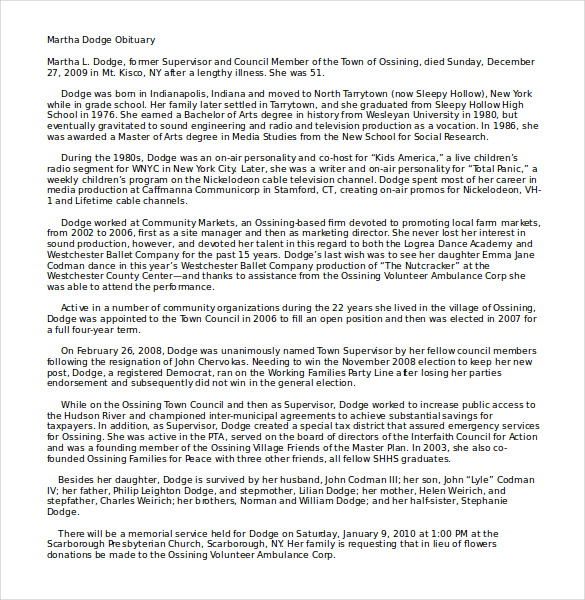
The RFC leaves questions open and is written in a less formal style. Unlike the modern RFCs, many of the early RFCs were actual Requests for Comments and were titled as such to avoid sounding too declarative and to encourage discussion. The authors of the first RFCs typewrote their work and circulated hard copies among the ARPA researchers. Today, it is the official publication channel for the Internet Engineering Task Force (IETF), the Internet Architecture Board (IAB), and – to some extent – the global community of computer network researchers in general.

The inception of the RFC format occurred in 1969 as part of the seminal ARPANET project. Federal government work, such as the National Highway Traffic Safety Administration. Outside of the Internet community, other documents also called requests for comments have been published in U.S.

According to Crocker, the documents "shape the Internet's inner workings and have played a significant role in its success", but are not widely known outside the community. RFCs have since become official documents of Internet specifications, communications protocols, procedures, and events. The RFC system was invented by Steve Crocker in 1969 to help record unofficial notes on the development of ARPANET. However, many RFCs are informational or experimental in nature and are not standards. The IETF adopts some of the proposals published as RFCs as Internet Standards. It is submitted either for peer review or to convey new concepts, information, or, occasionally, engineering humor. An RFC is authored by individuals or groups of engineers and computer scientists in the form of a memorandum describing methods, behaviors, research, or innovations applicable to the working of the Internet and Internet-connected systems. ( Discuss) Proposed since May 2021.Ī Request for Comments ( RFC) is a publication in a series, from the principal technical development and standards-setting bodies for the Internet, most prominently the Internet Engineering Task Force (IETF).

It has been suggested that Internet Draft be merged into this article.


 0 kommentar(er)
0 kommentar(er)
